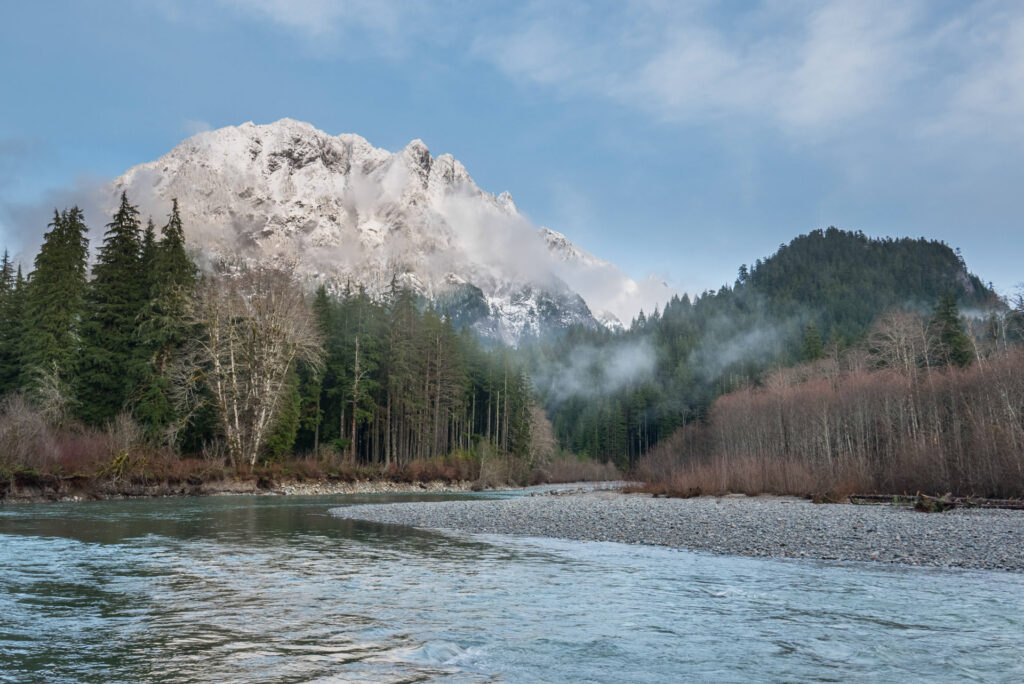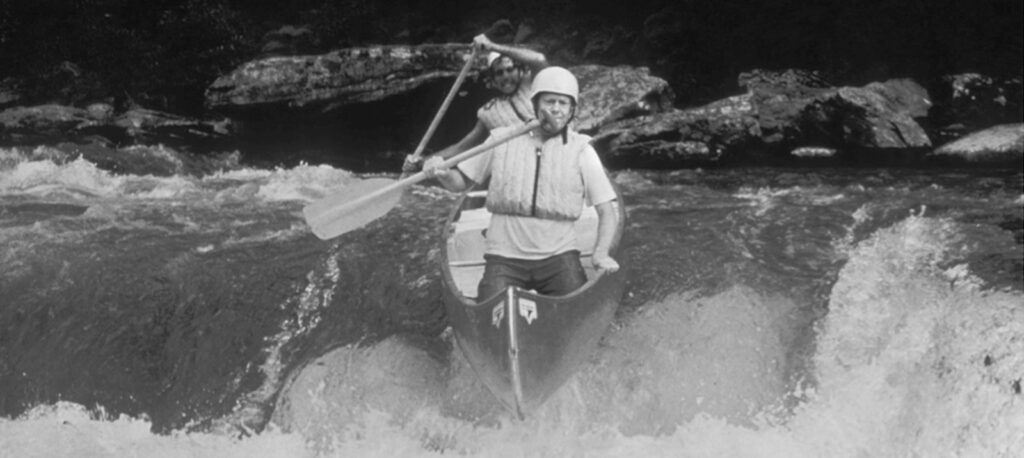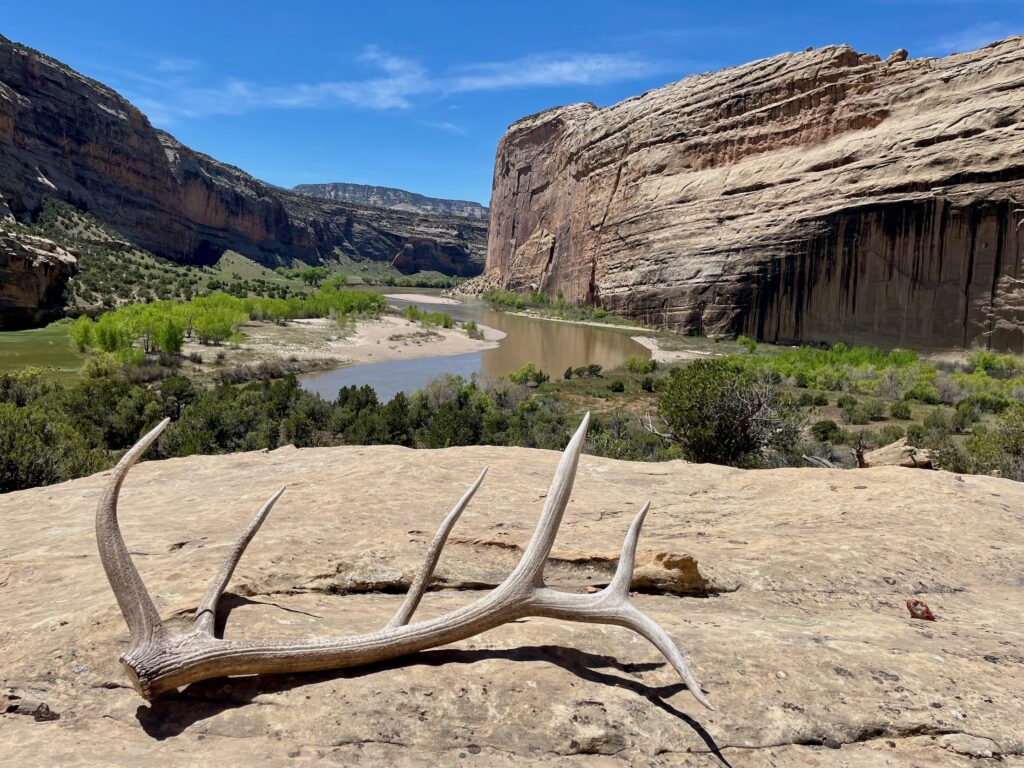Is “Catching” a Required Part of “Fishing”?
Sometimes, there's more to fishing than just the fish.
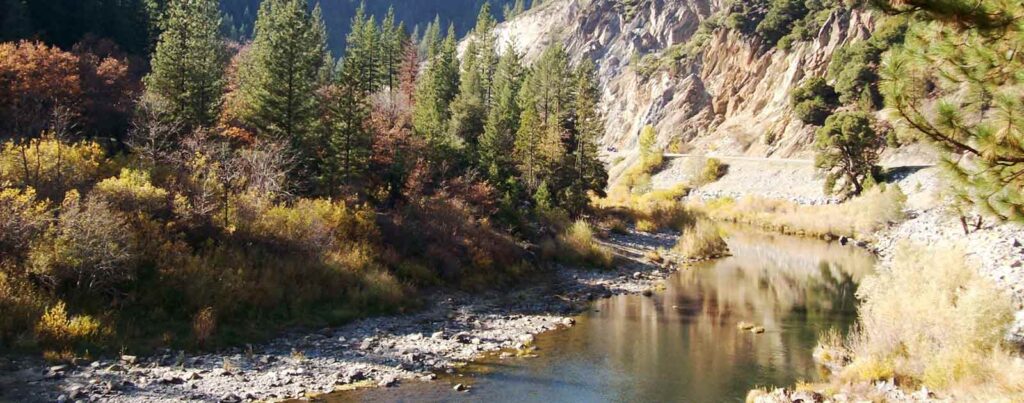
While staying with the family recently on the Middle Fork of Feather River near Graeagle, CA, I had some free time to spend on the river. This of course meant taking my fly rod and seeing what fish might be there. There are some remote stretches of the river that have tremendous wild trout fishing, but this stretch where we were staying is easily accessed with several towns nearby.
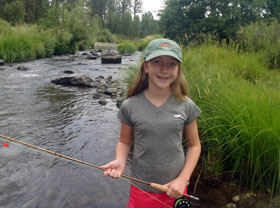
Steve White’s daughter fly fishing on the Feather River, CA
In past years, I usually hit one of three situations: the water would be low making for tough fishing, the State would have just stocked the section making it a good place to take the kids fishing, or there might be a wild trout or two holding in the pools.
Walking to the river, my expectations were low, since it had been hot, the river was low, and I hadn’t seen any signs of fish from the nearby bridges. I was really looking forward to the time on the river despite my low expectations. This made me wonder if you can have a successful fishing trip without catching fish. There’s a competitive part of me that feels that landing something is essential, and yet there’s another part of me that appreciates that there’s more to it.
As the trail took me past a small beaver pond, my attention turned to a large, healthy female deer foraging on the grass along the pond’s edge. She slowly looked up, shook her head, and trotted off.
Part of my goal was to see if this would be a good spot to take my daughter fishing the next day. She is just learning to fly fish and has a really pretty pace to her casting. She’d have fun either way, but if I could put her on fish, that’d be even better.
The Middle Fork of the Feather is designated as a National Wild and Scenic River, which means that, even though it flows through towns like Blairsden and past farms and other public and private uses, it’s protected from dams, mineral development, dewatering, or other threats. A significant part of American Rivers’ work in the west is focused on this type of protection, which is so important given the pressures western rivers face. The Middle Feather, like so many designated rivers, certainly is “scenic” and supports populations of deer, bear, osprey, heron, and other wildlife…even the occasional trout.
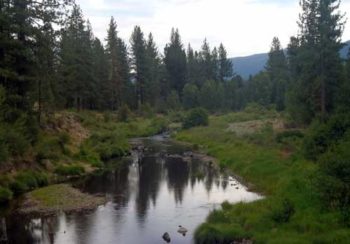
Feather Wild and Scenic River, CA
In this watershed, American Rivers has also worked to improve conservation and recreation downstream on the main stem of the Feather below the Oroville Dam, the tallest in the US. American Rivers has worked to ensure that adequate flows are released below the dam to support Chinook salmon runs and that river access and recreational opportunities are preserved and improved.
The fishing was as slow as I had expected it would be. I had several small fish hit and miss my fly, but nothing large enough to take it. Despite the lack of fish, it was just beautiful being on the river with its cool flow and quiet riffles. I fished for about 45 minutes, convincing myself that the fish from previous years had moved on and hoping the small fish I’d seen would grow up to be more interesting next summer.
As I reeled in and headed back to the cabin, something caught my eye in the water just above the beaver dam. Moving along the grass line, half in and half out of the water, was the beaver himself. His sleek, wet, black fur shone in the sunlight and made him look like he lives in the water, which of course he does. As I walked back up the trail, feeling completely satisfied and reflecting on the deer, the beaver, and the small trout, it occurred to me that, yes, you can have a successful fishing trip without catching. As the old line goes, “There more to fishing than fishing.”
